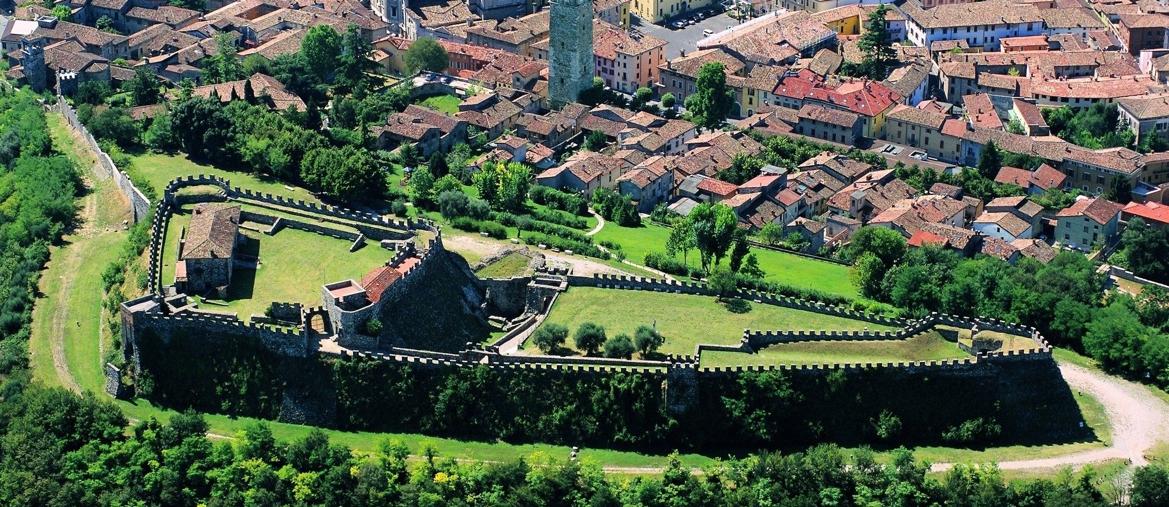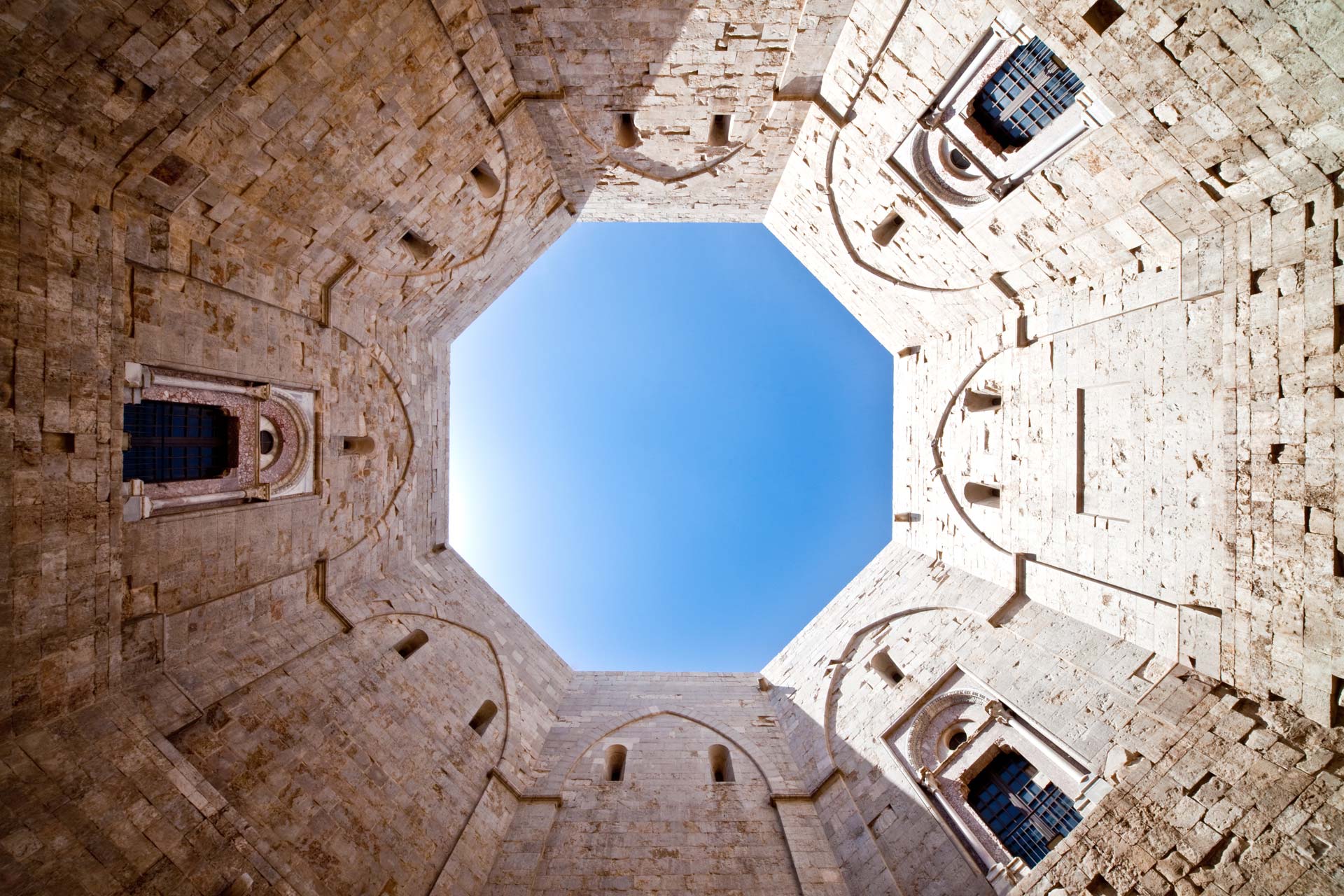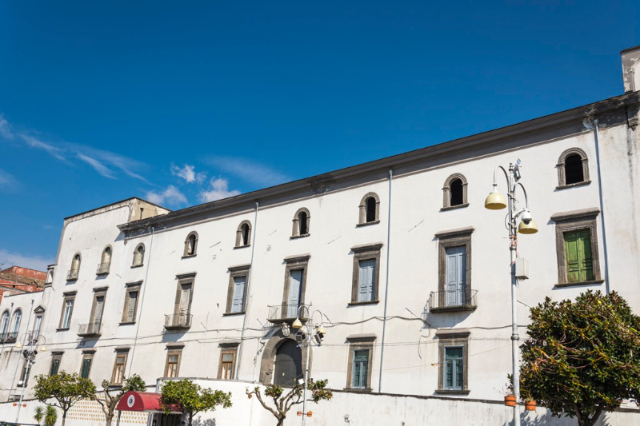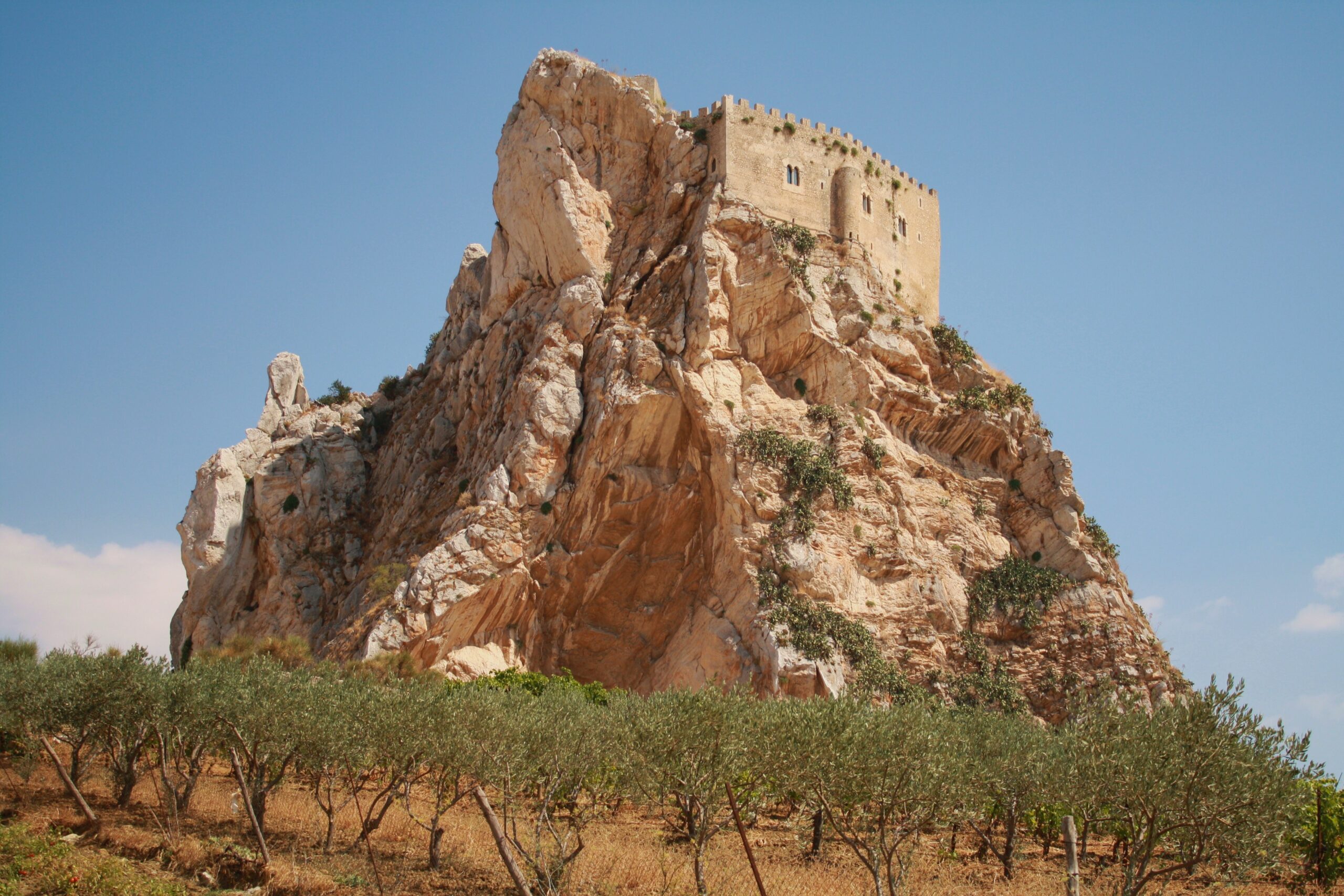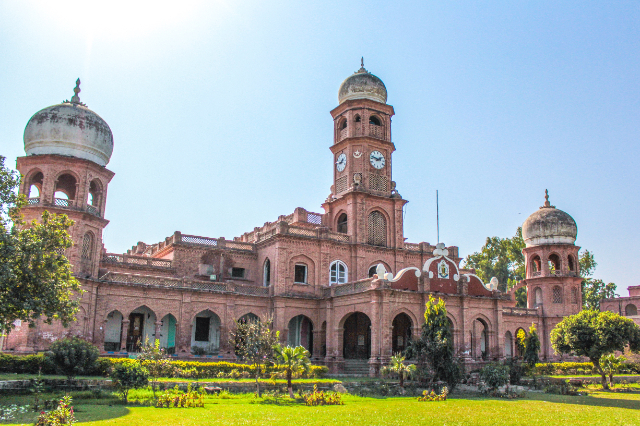The complex of the Tonnara dell’Arenella has very ancient origins, as well as the fishing system to which it referred. It was bought in 1830 by Vincenzo Florio, who commissioned the transformation to his friend and collaborator Architect Carlo Giachery. Thus was born the building called "I Quattro Pizzi", a neo-Gothic quadrangular building, so called because of the four spires that overlook it. This is the only neo-Gothic building constructed by Giachery, whose interests were rather directed towards functional projects of industrial architecture and the study of new materials.
The unusual design recalls an English Gothic style, softened by a romantic Mediterranean setting. In 1852 Giachery himself was commissioned the windmill for the milling of sumac, also included in the Arenella complex, from which tannin was extracted, then the subject of flourishing trade in Sicily. A part of the complex was used as a home for the weekend and many famous people were hosted there, not least the Czarina of Russia, during her stay in Palermo.
The latter fell in love with it so much that she had the "Quattro Pizzi" faithfully reproduced in Snamenka, near St. Petersburg, on the shores of the Gulf of Finland, in the park of her summer residence of Peterhof which, in memory of Palermo, she called "Renella". The building still stands today. Once the golden age was over, Vincenzo Florio retired to the Tonnara dell’Arenella with his family, electing it as his home. The Tonnara remained in operation until the early twentieth century: being then changed the route of tuna, closed permanently the fishing activity.
THE FLORIOS
The story of the Florios is the exciting and dramatic story of a great family of entrepreneurs and patrons of the arts, who lived in Palermo in the years between the 19th and 20th centuries and changed the course of the history of Sicily. It all began in 1786, when the Bagnarote Paolo Florio and the Palermitan Giovanni Custos met in Naples. In their story, in a Palermo that no longer exists, there are riches and troubles, illnesses, births, mourning, vices, sumptuous receptions with kings and queens, emperors and empresses, tsars and czarinas. There is the world of high finance with the Rothschilds, the Morgans and the Liptons. The splendour of the Florio family reached the height of its power with Vincenzo I and was consolidated with Ignazio senior. Until the last heirs, Ignazio junior and Vincenzo III, with whom the curtain fell on the eventful history of the family. In the foreground, Donna Franca, the famous wife of Ignazio Junior, touched by success but also by much pain. She was one of the most influential "ladies of the court" in Italy until the advent of Fascism. A woman of strong temperament, she even justified her husband’s betrayals. The disappearance of three children in little more than a year leads her to depression and brings her husband Ignazio to Schopenhauerian pessimism: "God forgive me, I begin to doubt justice, everything".


